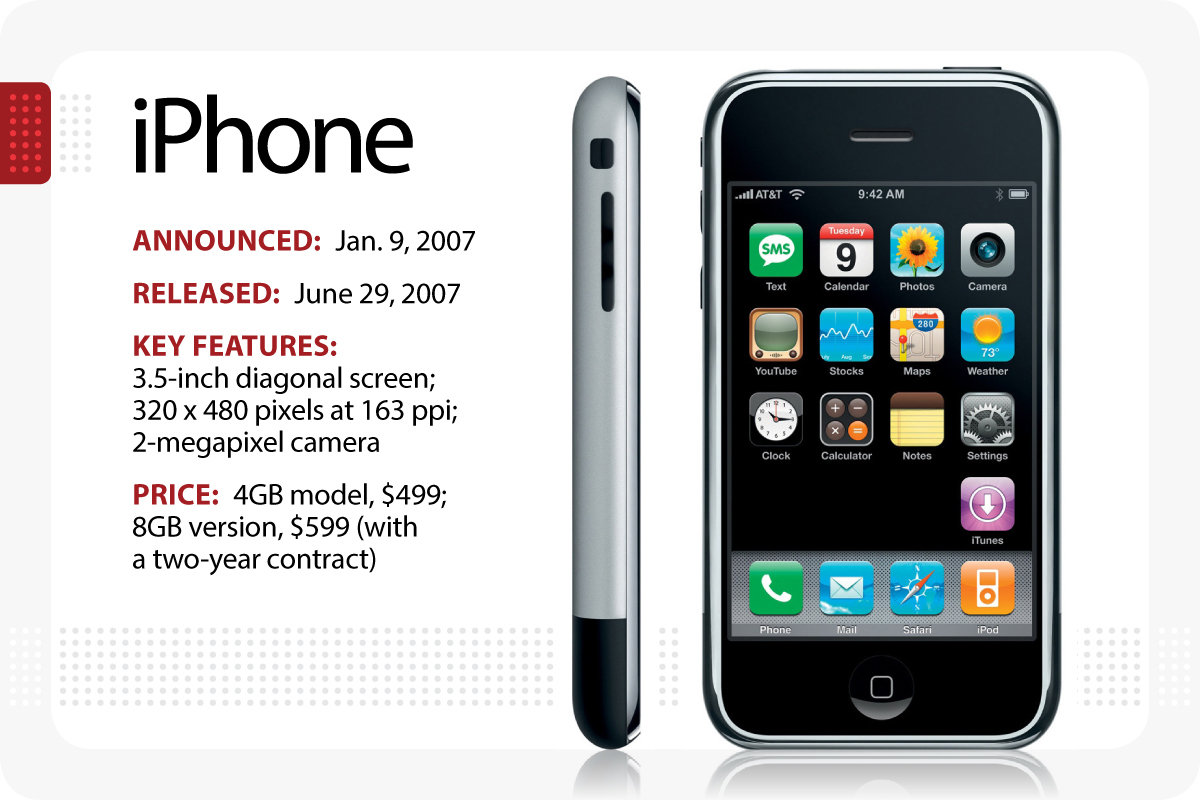Student Village Academy › Forums › Money & Savings › Student Businesses › The Real Reasons Behind Blackberry’s Failure
Tagged: blackberry, Business, marketing
- This topic has 0 replies, 1 voice, and was last updated 1 year, 8 months ago by
 Temitope Samuel.
Temitope Samuel.
-
AuthorPosts
-
-
August 20, 2022 at 2:09 PM #39628
 Temitope SamuelModerator
Temitope SamuelModeratorThree lessons every business should learn from this once-upon-a-time tech giant.
Do you remember when Nokia was the world’s leading phone brand? From the 90s to the early 2000s, Nokia dominated the phone market. They sold millions of devices. Nokia was so prosperous that in 1998 alone, the company made a sales revenue of $20 billion, making $2.6 billion in profits.
Introducing The Blackberry
In 2000, RIM (Research In Motion) introduced the Blackberry 957 into the phone market, revolutionizing the world. On the other hand, Nokia sold feature phones primarily for calling and SMS.The Blackberry 957 launched in 2000
The Blackberry phone lets you take work along with you — you could browse the internet and receive and send emails with end-to-end encryption.In three years, RIM’s market share grew to 84%. Corporate America gave out Blackberrys to their employees as part of work prerequisites.
Blackberry rose in popularity and became one of the world’s leading brands. They had the QWERTY keyboard, the rave messaging app, BBM, and the love of their consumers.
They were here to stay, or so they thought.
Say hello to the new iPhone
In 2007, Steve Jobs walked on stage and introduced the first iPhone. It was an entire touchscreen device, and with it came many apps. Apps that could do almost anything you could imagine.This is what the RIM’s co-executive, Jim Balsillie, had to say about Apple after the launch of the iPhone.
“It’s kind of one more entrant into an already very busy space with lots of choice for consumers. “But in terms of a sort of sea-change for BlackBerry, I would think that’s overstating it.”
In simpler terms, RIM assumed the iPhone would not be around for long because they thought who in their right mind would leave a phone with a physical qwerty keyboard for a touchscreen?Well, it turns out many people were “out of their minds.”
In 2007, Apple sold 1.7 million phones. By 2011, they sold about 72.2 million phones each year, increasing their share in the phone market and gaining in on Blackberry.
Not long after, another competitor came into the picture. It was Google’s Android. It was open-source and allowed other phone manufacturers to use the operating system on their phones.
Thus introducing other big players like Samsung, HTC, and Sony into the phone market, reducing Blackberry’s market share even more.
Blackberry introduced their all-screen device, the Blackberry Storm. It was a massive failure.
They introduced Storm 2, and that still failed.
They also tried to bring in their BlackBerry Torch 1 and 2, with touchscreen and their signature QWERTY keyboards. Best of both worlds? Nobody really cared.
People loved the whole touch screen experience iPhone and Android offered. Blackberry was not for most people anymore.
RIM’s attempt to compete
In 2013, Blackberry released the Blackberry 10. A robust operating system, but by that time, most of its fan base had moved on.And when Blackberry eventually released its Android OS lineup, it was utterly too late. The world had moved on from Blackberry and was totally into iPhones and Samsungs.
Let us not forget one key player in all of this — Nokia. When Blackberry came into the picture, Nokia did not just vanish into oblivion but was waiting for the right time to make a comeback.
In 2018, HMD/Nokia announced their partnership with Google to release their Android One phones.
Android One devices offer its users a pure Google experience, similar to what you’ll get on Google’s high-end Pixel phones.
Nokia is gradually penetrating the phone market and is no longer obsolete.
Lessons to learn from Blackberry’s failure
Adapt
When the iPhone released the first touchscreen phone, Blackberry should have released its Storm devices shortly after.This way, Blackberry users who were curious about using a touchscreen device didn’t have to buy an iPhone because they had a phone they trusted, which also offered the touchscreen experience. They still got to keep their beloved BBM and email encryption.
Don’t underestimate your competition
Finish reading the article here

-
-
AuthorPosts
- You must be logged in to reply to this topic.
